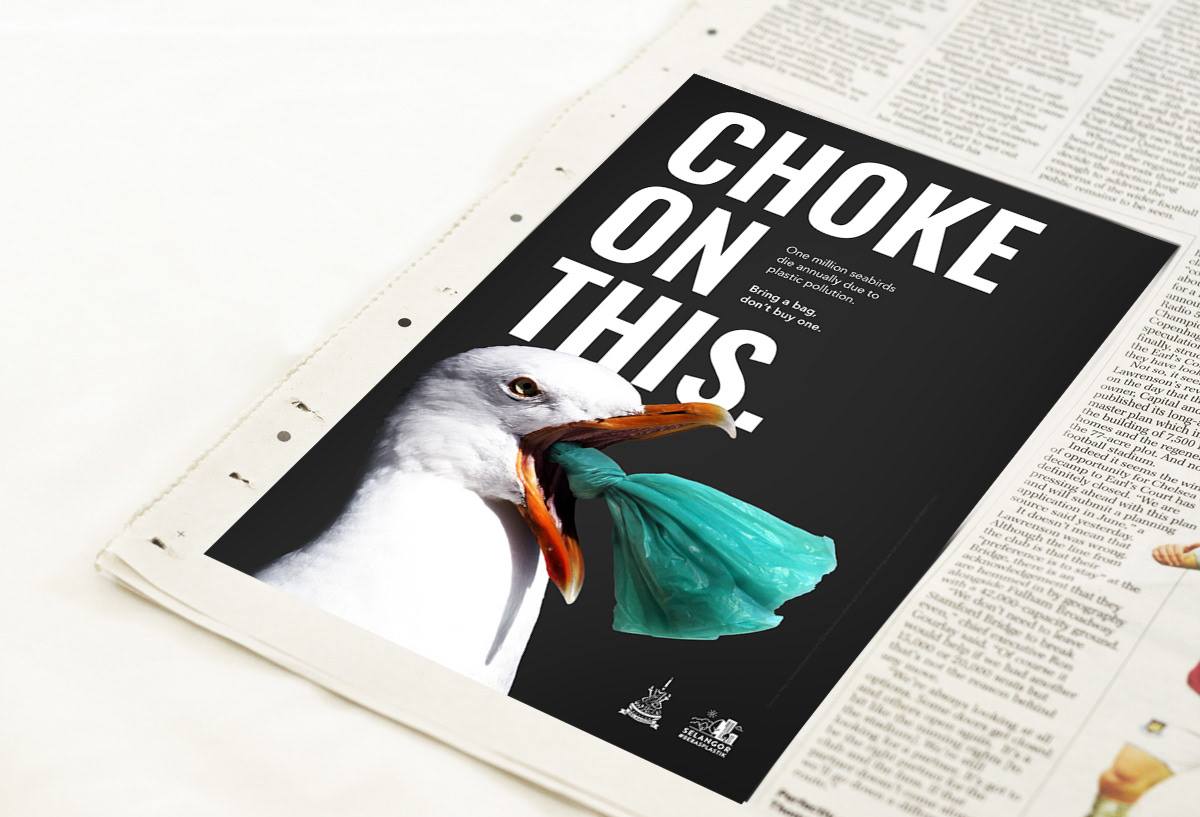
One million seabirds die annually due to plastic pollution.

Photo Courtesy: NGC
Why is plastic harmful?
Plastic is a material made to last forever, yet 33 percent of all plastic - water bottles, bags and straws - are used just once and thrown away. Plastic cannot biodegrade; it breaks down into smaller and smaller pieces.
Toxic chemicals leach out of plastic and are found in the blood and tissue of nearly all of us. Exposure to them is linked to cancers, birth defects, impaired immunity, endocrine disruption and other ailments.
There are thousands of landfills everywhere. Buried beneath each one of them, toxic chemicals from plastics drain out and seep into groundwater, flowing downstream into lakes and rivers.
Wildlife become entangled in plastic, they eat it or mistake it for food and feed it to their young, and it is found littered in even extremely remote areas of the Earth. In our oceans alone, plastic debris outweighs zooplankton by a ratio of 36-to-1.
RAR Goals
Initiate measures for a Plastic Free Environment in coordination with government bodies and like minded organizations.
Educate and encourage people to use plastic free products through various motivational programmes.
Bring awareness to people on waste management where they do not dispose single use plastic in public trash bins or Nalas or rivers/lakes/ponds etc which would harm other living beings.
Promote and encourage people to invite birds by setting up bird feeder products in balconies.
Encourage people to adopt a park or street and clean up some litter for a cleaner environment.